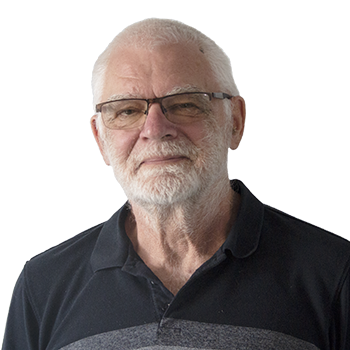In these first days of 2024, my biggest wish is for us, you and me, to see our creation with new eyes. A discovery of a book led me to that thought.
My life’s partner has a birthday in December, about a week before Christmas. I am not one who expresses themselves comfortably, or accurately, through selecting gifts. (That same partner is, frustratingly, the epitome of that.) For over fifty years, it has seemed that my Christmas shopping season has involved buying hundreds of gifts for my beloved. You may sense that this is a somewhat stressful time for (poor) me.
Imagine my delight and surprise when, while browsing Kijiji, trying to gain knowledge about the snowmobiles that grandsons go on about, I encountered an advertisement for a book. The book is “An Honest, Genial, and Kindly People,” by Adrian K. Paton. The book was advertised as being comprised of mostly photographs, taken in south western Saskatchewan over a hundred years ago. Paton was a farmer in the Arcola area until his death a few years ago. His lifetime included gathering photos and other First Nations memorabilia, and eventually gathering them into a museum.
I had to have this book. My beloved is one who has taught me to look into faces, to actually get a sense of the stories that can be read there. Century old photographs of First Nations folks would certainly be of interest to her. I made the connections, and laid down my money.
What has surprised me more than anything is how riveting the book is for me. It is mostly photographs, and I’m not so much a photograph person, I need words. Paton has a running narrative through most of the book. Those words are his own commentary and stories, plus the comments of many of the photographers who took the original negatives, often describing the setting, naming the subjects, giving a glimpse of their story.
As I said, I’m mostly moved by words. And the words, as well as the pictures, are about an “honest, genial and kindly people.” That quote, which becomes the book title, is attributed to a neighbour at one of the southern reserves, someone who became a close and trusted friend . Every voice that speaks throughout the book speaks warmly, appreciatively, offers awe and wonder at the trust offered by these “kindly people.”
Then there are the pictures. As one who has worked at the ability to recognize the values of a person through listening, I’m also reminded that those values can be read in the pictures that a photographer might take. Again there is warmth, there is humour, there is imagination as the photographer, and Paton, often decades later, try to discern who and what the stories represent.
There are moving accounts, both through stories and photos, of the reserve community moving to the local towns during summer celebrations, joining in horse races and other competitive events. Then, when those events are wrapping up, a pow wow is begun, to which all are invited. The colour and delight are recounted by a number of folks who were present. We are reminded that only a few years later, those same pow wows were declared illegal, because of a fear of inflaming warrior passions.
How might our world, our province, our communities be different if we had received the modelling that Paton describes? If we had made that curiosity ours, that respect, that sense of wonder. Could we train our eyes to see that which Paton saw, and the community whose memories are shared in the book? Paton offers a model of hope. His respect includes his appreciation of the oral history shared by First Nations elders. And when two stories describing the same event are quite different from each other, Paton tells both stories, and invites appreciation of both. How ready are we able to hold our own stories in open hands?
Most of the photos are dated between 1900 and 1910. I am touched that the folks who shared the pictures and the stories recognized a culture that was worth exploring, worth respecting, worth being neighbourly with. It’s a culture that continues to teach, to offer, to add blessings to whatever culture we might hold alongside.
Thank you, Adrian for opening my eyes.


